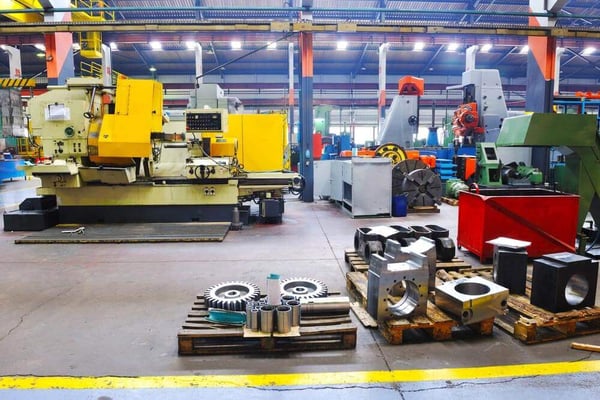Centralize Your Production and Get a Competitive Advantage!
Article updated in June 2020
Before ending up in your hands, your goods have followed a journey marked by several stages. Let’s take the example of manufacturing a table: a supplier of raw materials first sold wood to a wholesaler, from which a furniture manufacturer was supplied. Once the wood was purchased, it was then sent to the factory to create this piece of furniture. That's not all! Subsequently, the good can either be stored or sold to the end customer, by a retailer or on Amazon.
This is pretty much the typical path that can follow a product in a supply chain. Nowadays, it is also possible for the end customer to get directly involved in the production chain. Their flexibility allows them to decide on the design of any product, such as the choice of certain parts for a car or their shoes’ soles and colours.
"The Ford T model has come and gone. The idea of the same products for everyone is over! For both the general public and professionals, customization has become an undeniable selling point. After the era of mass production of the same products, now comes the time to adapt to the request of each customer." (L'Usine Nouvelle) [translated from French]
 In this way, a product is thus produced on demand rather than supply. As a matter of fact, stocks and the costs they can generate are automatically reduced. The application of the just-in-time method is then highly advantageous, since we have an extremely well-organized production line.
In this way, a product is thus produced on demand rather than supply. As a matter of fact, stocks and the costs they can generate are automatically reduced. The application of the just-in-time method is then highly advantageous, since we have an extremely well-organized production line.
It's no secret that a business is profitable if it offers its customers the products they want, when they want them, and at the lowest possible price. In this way, optimizing your supply chain is crucial, especially with an automated solution:
"The evolution of supply chains is more connected, intelligent, responsive, and predictive. It enables companies to drive customer-centric processes and deliver personalized products uniquely built and delivered for the 'segment of one'"(Transform Supply Chain with SAP)
Be on the lookout! Your competitors may already have an ERP. To adapt to your customers’ needs with “custom production,” it is essential to automate your order process.
An automated management solution will allow you to better react and respond to the important aspects involved in the process of manufacturing a product.
Towards an automated solution
That's why it's more important than ever to have a centralized supply chain. New technologies offer, among other things:
- Visibility on unified data in real time;
- A complete connection with consumers, suppliers, and staff;
- Forecasting tools, based on models and trends.
The various features of an automated solution will help you to optimize your organization's supply chain, including:
- Visibility: an overview of the overall performance of your business management;
- Your KPIs: your key performance indicators are pre-established and standardized;
- Harmonization of your data: the data coming from the automation, operations and, systems of your company;
- Solution information: analysis of the root causes of a problem, pattern detection; predictive suggestions.
In the end, an automated system will improve the satisfaction of your customers. You can also give them a precise block of time as to their expectations with regard to the time of receipt of the product ordered.
“Today’s supply chain must be more agile, customer centric, and resilient.” (IoT and digital supply chain, Martin Barkman)
To find out which automated solution is best for you, contact us now!







